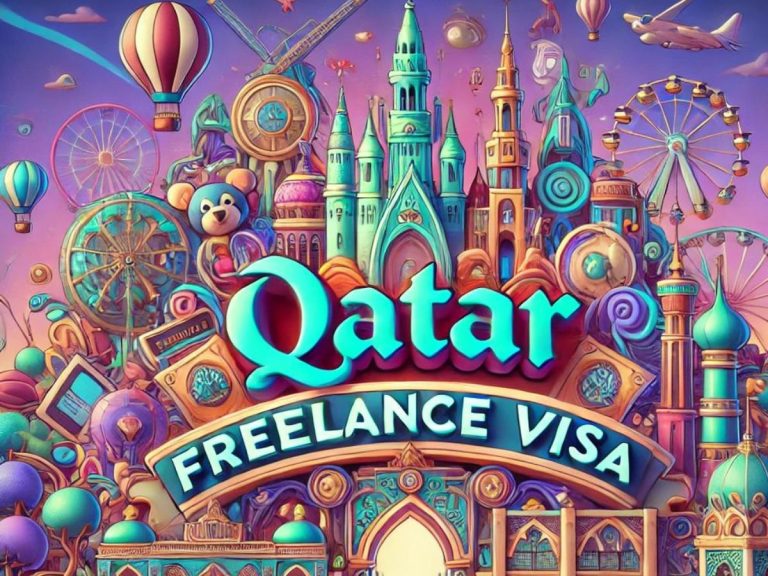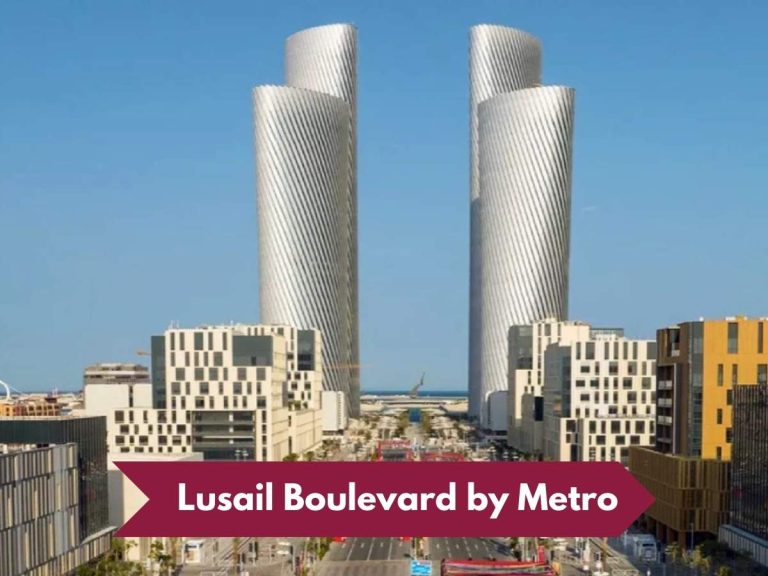Exploring Big Mumbai: A Metropolis of Dreams, Culture, and Opportunities
Mumbai, often referred to as the “City of Dreams,” is India’s largest city and its financial and entertainment hub. As the capital of the state of Maharashtra, Mumbai is a melting pot of diverse cultures, lifestyles, and opportunities. Known for its dynamic pace, rich history, and booming economy, the city continues to draw people from across the country and around the world. In this article, we will explore the grandeur of Big Mumbai, its evolution, its role as a center for business and entertainment, and the daily lives of its residents.
The Rise of Big Mumbai
Historically, Mumbai has been a thriving port city. Originally known as Bombay, it was made up of a group of islands, which were later merged and transformed into the bustling metropolis it is today. Mumbai’s rise to prominence began in the 19th century during the British colonial era when it became an important trading and shipping hub. Over the years, the city grew in importance as a center for commerce, culture, and industry.
In the 20th century, Mumbai’s role as the financial capital of India was solidified. With the establishment of major institutions like the Bombay Stock Exchange, Reserve Bank of India, and numerous multinational corporations, Mumbai became the heartbeat of India’s economy. The city also became synonymous with Bollywood, India’s massive film industry, which brought global attention to Mumbai as the cultural epicenter of the country.
Today, Big Mumbai is a global city that attracts millions of people in search of opportunities and a better life. Its iconic skyline, bustling streets, and vibrant communities reflect a rich tapestry of India’s aspirations.
The Economic Powerhouse of Big Mumbai
Big Mumbai is undeniably one of the most economically powerful cities in the world. It is the financial capital of India, contributing significantly to the country’s GDP. Several major industries, including finance, information technology, entertainment, manufacturing, and tourism, thrive within the city.
The city is home to the Bombay Stock Exchange (BSE), one of the oldest and largest stock exchanges in the world. With the presence of several multinational corporations and Indian giants like Tata, Reliance, and Infosys, Mumbai is the preferred location for corporate headquarters and business ventures.
The service sector, particularly finance, plays a pivotal role in driving the city’s economy. Mumbai is a hub for banking and financial services, with institutions like ICICI Bank, State Bank of India, and HDFC Bank headquartered here. The city also has a growing tech sector, with many IT companies setting up operations to cater to both domestic and international markets.
In addition to finance and technology, Mumbai is a crucial center for trade, especially imports and exports. The city’s ports and logistical infrastructure support a range of industries, from textiles and chemicals to electronics and automotive.
The Cultural Heartbeat of Big Mumbai
Beyond its economic might,f big mumbai download app is also known for its vibrant cultural scene. It is a place where tradition and modernity coexist in perfect harmony. The city’s cultural diversity is reflected in its festivals, food, art, and architecture. Mumbai is home to people from various parts of India and the world, which has created a unique melting pot of languages, religions, and traditions.
One of the most famous aspects of Mumbai’s culture is Bollywood, the Hindi-language film industry. The city has been the birthplace of some of the most iconic films in Indian cinema, and it continues to produce thousands of films every year. Bollywood is not just an entertainment industry but a powerful cultural force, shaping the tastes and preferences of millions of people. It is no wonder that aspiring actors, filmmakers, and technicians flock to Mumbai with dreams of making it big in the world of cinema.
In addition to film, Mumbai boasts a thriving theater scene, with numerous drama productions taking place year-round. From classical plays to contemporary performances, the city’s theaters are a great reflection of India’s artistic diversity. Mumbai also has a vibrant music scene, with artists from all genres – from classical to contemporary – contributing to the city’s cultural richness.
The city’s architecture is equally impressive, with colonial-era buildings like the Gateway of India and Chhatrapati Shivaji Maharaj Terminus standing as testaments to Mumbai’s colonial past. On the other hand, the city is home to stunning examples of modern design, including high-rise buildings, luxury hotels, and trendy office spaces.
The Everyday Life in Big Mumbai
Living in Big Mumbai can be a challenging yet rewarding experience. The city is known for its fast-paced lifestyle, long working hours, and the constant hustle and bustle. Despite the challenges, Mumbai offers unmatched opportunities for personal and professional growth, which is why millions of people migrate here in pursuit of their dreams.
The most striking feature of life in Mumbai is the sheer number of people who call the city home. With a population of over 20 million, Mumbai is one of the most populous cities in the world. The city’s residents come from diverse socioeconomic backgrounds, creating a unique urban tapestry.
For many Mumbaikars, life revolves around work. The city’s business districts, such as Nariman Point, Bandra-Kurla Complex, and Lower Parel, are constantly teeming with professionals rushing to and from their offices. Mumbai’s efficient suburban train system is the lifeblood of the city, transporting millions of commuters every day. The trains are often overcrowded, but they are a vital part of daily life for those who cannot afford to live close to their workplaces.
Another characteristic of life in Big Mumbai is the constant search for affordable housing. Given the high cost of living, many residents live in cramped apartments or share living spaces with multiple people. Slums, such as Dharavi, are an unfortunate but integral part of the city’s urban landscape, with a significant portion of Mumbai’s population residing in these informal settlements. Despite these challenges, Mumbaikars are known for their resilience and determination, finding ways to live comfortably amidst adversity.
In addition to work and housing, Mumbai offers a wide array of leisure and recreational activities. The city is home to beautiful beaches like Juhu and Marine Drive, as well as lush parks and gardens. The city’s numerous shopping malls, restaurants, and cafes offer a perfect respite from the daily grind. Mumbai also boasts a lively nightlife scene, with bars, clubs, and theaters providing entertainment late into the night.
The Challenges Facing Big Mumbai
While Big Mumbai is a land of opportunity, it is not without its challenges. The city’s rapid growth has led to overcrowding, inadequate infrastructure, and strained resources. Public transportation, though efficient, is often stretched to its limits during peak hours. The cost of living in Mumbai is one of the highest in the country, particularly when it comes to housing and basic amenities.
The city also faces environmental challenges. Air pollution, waste management, and water scarcity are significant concerns for the residents of Mumbai. Additionally, the city’s poor drainage system often leads to flooding during the monsoon season, causing immense hardship for its residents.
Despite these issues, the government and citizens continue to work towards solutions, with various initiatives aimed at improving infrastructure, reducing pollution, and providing affordable housing.
Conclusion: Big Mumbai’s Future
Big Mumbai, a city of dreams, continues to evolve and grow. It is a place of immense opportunities, where people from all walks of life come together to chase their ambitions. The city’s economic strength, cultural vibrancy, and unique way of life make it one of the most exciting cities in the world. However, it also faces significant challenges that need to be addressed for it to continue thriving.
As Mumbai moves forward into the future, it is essential for the city to balance growth with sustainability, ensuring that its vibrant culture and economy are preserved for generations to come. With its resilience and resourcefulness, Big Mumbai will likely continue to be a beacon of hope and opportunity for millions of people, both in India and across the globe.
Frequently Asked Questions (FAQs) about Big Mumbai:
- What is Big Mumbai known for? Big Mumbai is known for being India’s financial capital, the heart of Bollywood, and a hub for culture, commerce, and trade. It is a city of opportunities, attracting people from all over the world in search of a better life.
- What are the challenges of living in Mumbai? The challenges of living in Mumbai include high living costs, overcrowded public transportation, inadequate housing, pollution, and environmental concerns like flooding and water scarcity.
- How does Mumbai’s economy contribute to India? Mumbai contributes significantly to India’s GDP, being home to major financial institutions, multinational corporations, and industries like finance, technology, and trade. The city is a major economic engine for the country.
- Is Mumbai safe for residents and tourists? Mumbai is generally safe for both residents and tourists, although like any major city, it is important to exercise caution, especially at night or in less crowded areas. The city’s police force works to maintain law and order, but being aware of your surroundings is always advisable.
- How can one move to Mumbai? Moving to Mumbai requires securing accommodation, often through rental agreements, and finding employment or setting up a business. Many people also move to the city for educational purposes, as Mumbai is home to many prestigious universities and colleges.

Ammara Abdullah is an experienced writer and editor specializing in technology and digital trends. With over 5 years of experience, she produces insightful articles on emerging tech, consumer electronics, and digital culture. Ammara holds a degree in journalism and is passionate about making complex topics accessible to readers.



